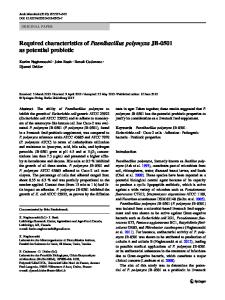The Physics of Solids by J.B. Ketterson
- PDF / 324,800 Bytes
- 2 Pages / 585 x 783 pts Page_size
- 72 Downloads / 301 Views
The Physics of Solids J.B. Ketterson Oxford University Press, 2016 1072 pages, $89.95 (e-book $88.99) ISBN 9780198742906
F
or the past few decades, solid-state physics has expanded tremendously, and it typically takes a complete year as a student to understand its fundamentals. The author has covered all the traditional solid-state physics course contents in this book, including the fundamentals of solid-state physics; group theory basics; and electrical, magnetic, optical, structural, mechanical, cohesive, and dielectric properties of solids, discussed using both classical and quantum approaches. There are 13 parts, consisting of 49 chapters, two main appendices at the end, and numerous appendices at the ends of the chapters. The chapters also contain homework problems. Many figures, diagrams, and tables are provided. Suggestions for additional reading are included at the end of many chapters. Footnotes provide additional information, such as reference citations. The book is aimed toward undergraduate, postgraduate, and research-level students in various disciplines, such as physics, materials science, and solid-state chemistry. Part I (seven chapters) covers elastic behaviors and electrical, magnetic, and thermal properties of solids, as well as crystal bondings. All the necessary theories, such as the Langevin equation, quantum theory of magnetism, and Debye models, are discussed using both classical and quantum approaches. Appropriate diagrams depict the concepts. Part II (two chapters) discusses the basics of x-ray crystallography and crystal structures. This part will be useful for beginners, and it could have been included in Part I. All the crystallographic illustrations are excellent and will help students to understand the different Bravais lattices and symmetries. Part III (four chapters) describes the electronic structure of solids, various models explaining the potentials in
solids, and band structures of solids and their applications. Various models, such as the free-electron model, tight-binding approximation, plane-wave method, and Green’s functions, are well covered. Theories treated in this part are useful for master’s-level students and research scholars performing coursework. Part IV (two chapters) explains the self-consistent dielectric function as well as the Hartree–Fock and density functional theories. These chapters discuss various interactions in solids (such as electron–electron interactions) and methods to solve the single-body and many-body problems. The appendices and problems given in this part are useful for students to understand the concepts and theories. References are up to date. Part V (two chapters) covers lattice dynamics, such as lattice vibrations and its related properties, with both classical and quantum approaches. Phonon contributions to the thermal expansion, thermal conductivity in dielectrics, and heat transport in solids are covered with appropriate models. Part VI (four chapters) discusses electron transport and conduction electron dynamics, Fermi surfaces, and m
Data Loading...











